1. Lawn Darts (Jarts)
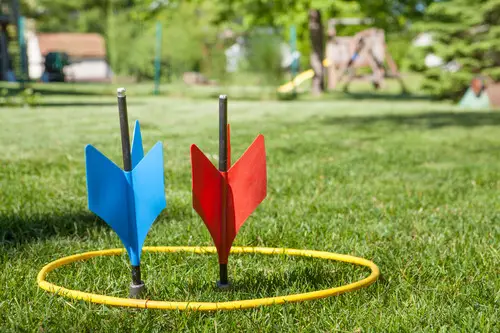
Back in the ’70s and ’80s, lawn darts were a staple of backyard barbecues. They were basically oversized darts with metal tips that you’d toss toward a plastic ring on the grass. Sounds harmless enough—until you realize that these things could (and did) cause serious injuries when thrown carelessly. Hospitals reported numerous accidents, some of them fatal, which quickly turned this game from a summer favorite into a public safety hazard.
By 1988, the U.S. Consumer Product Safety Commission banned the sale of lawn darts entirely. Toy companies later tried to release safer, all-plastic versions, but the damage to the game’s reputation was already done. Today, you’d never see anything so sharp being marketed as family entertainment. It’s a perfect example of how times have changed when it comes to kids’ safety.
2. Clackers
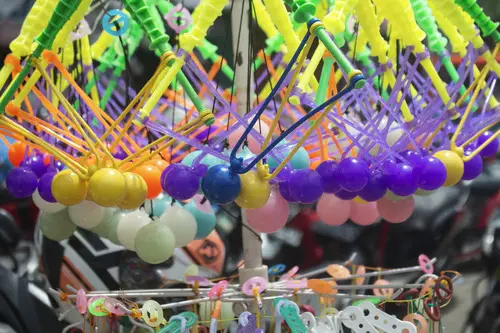
If you grew up in the ’70s, you might remember the loud, rhythmic sound of clackers in every neighborhood. They were made of two acrylic balls attached to a string, and the goal was to swing them up and down so they’d smack together at high speed. It was satisfying to get into a steady rhythm—but it wasn’t without danger. Those acrylic balls could shatter under pressure, sending sharp shards flying in all directions.
Parents complained about injuries, and eventually, clackers fell out of favor. While manufacturers later switched to safer materials, the toy never regained its popularity. These days, the thought of a children’s toy that could explode in their hands would be unthinkable. It’s one of those nostalgic items that’s best left in the past.
3. Creepy Crawlers Thingmaker
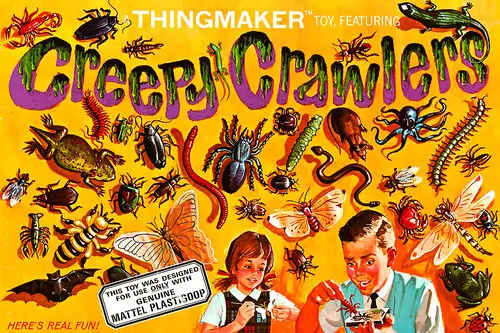
The Thingmaker was a ’60s and ’70s hit, letting kids pour liquid “Plasti-Goop” into metal molds to make rubbery bugs, flowers, and other shapes. The catch? You had to heat the metal mold to high temperatures—right there in your bedroom or kitchen. Burns were incredibly common, and the fumes from the heated goop weren’t exactly healthy to breathe in.
While the toy did inspire creativity, it also caused a fair share of trips to the ER. Eventually, manufacturers redesigned the Thingmaker to use lower heat, but the original version would never pass today’s safety regulations. It’s wild to think parents once encouraged kids to play with hot plates and molten plastic for fun.
4. Gilbert U-238 Atomic Energy Lab

In the early ’50s, A.C. Gilbert released a science kit that allowed kids to explore nuclear energy—by including actual radioactive materials. Yes, you read that right. The kit came with samples of uranium ore and tools to measure radiation levels. At the time, it was marketed as an educational wonder, but in hindsight, it’s a safety nightmare.
Radiation exposure risks were not fully understood by the public back then, but scientists already knew it wasn’t something to treat lightly. The kit was expensive and didn’t sell well, so it was discontinued within a couple of years. Today, there’s no way any toy company could legally sell something like that to children.
5. Sky Dancers
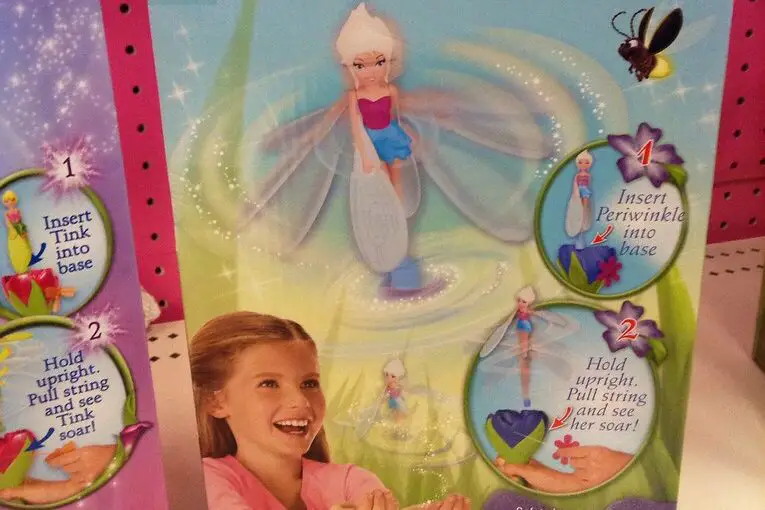
In the mid-’90s, Sky Dancers were the must-have toy for kids who loved a bit of magic in their playtime. You’d place the doll on a base, pull a cord, and watch her spin into the air with fluttering wings. Unfortunately, those wings could also smack you in the face, tangle in hair, or knock over fragile items. The injuries included cuts, bruises, and even a few broken teeth.
The company issued a massive recall after the U.S. Consumer Product Safety Commission stepped in. It was a shame because they were beautiful toys that felt magical to launch, but the design just wasn’t safe enough. These days, any toy with fast-spinning plastic parts is subject to intense testing before it hits store shelves.
6. Snacktime Cabbage Patch Kids
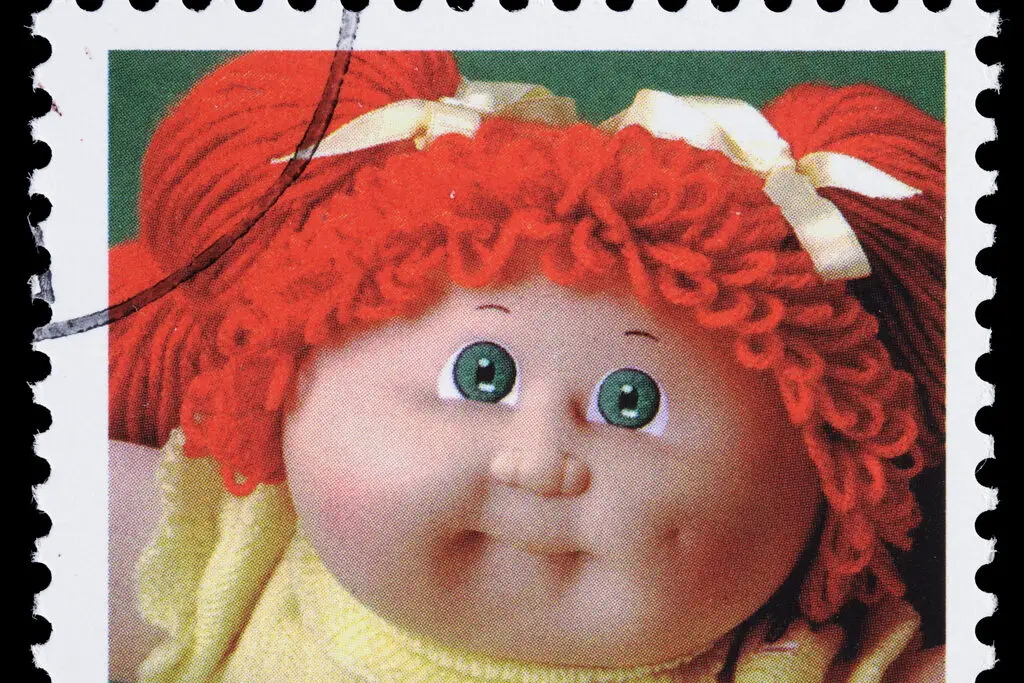
In 1996, the Cabbage Patch Snacktime Kid seemed like a fun twist on the classic doll. This version “ate” plastic snacks you fed it, pulling them into its mouth with battery-powered rollers. The problem? It didn’t have an off switch—and it didn’t distinguish between pretend food and a child’s hair or fingers.
Parents reported painful incidents where the doll “chewed” on kids’ hair, and the rollers wouldn’t stop. After enough complaints, Mattel pulled the dolls from the market and offered refunds. It’s a funny story in hindsight, but at the time, it was terrifying for the kids (and their parents).
7. Aqua Dots
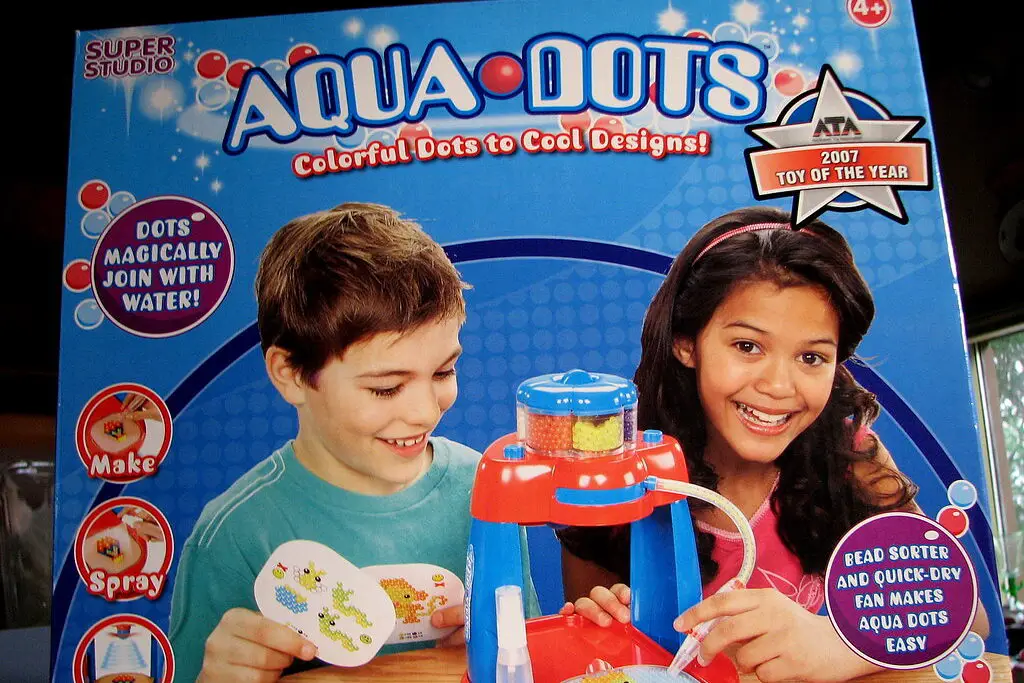
Aqua Dots hit the market in 2007 and quickly became a popular craft toy. Kids could arrange colorful beads into designs, then spray them with water to make them stick together. The trouble started when it was discovered that the coating on the beads contained a chemical that metabolized into a date rape drug when ingested.
Dozens of children were hospitalized after swallowing the beads, experiencing vomiting, drowsiness, and even seizures. The toy was immediately recalled worldwide. These days, any art or craft product for children undergoes rigorous chemical safety testing before it can be sold.
8. CSI: Fingerprint Examination Kit
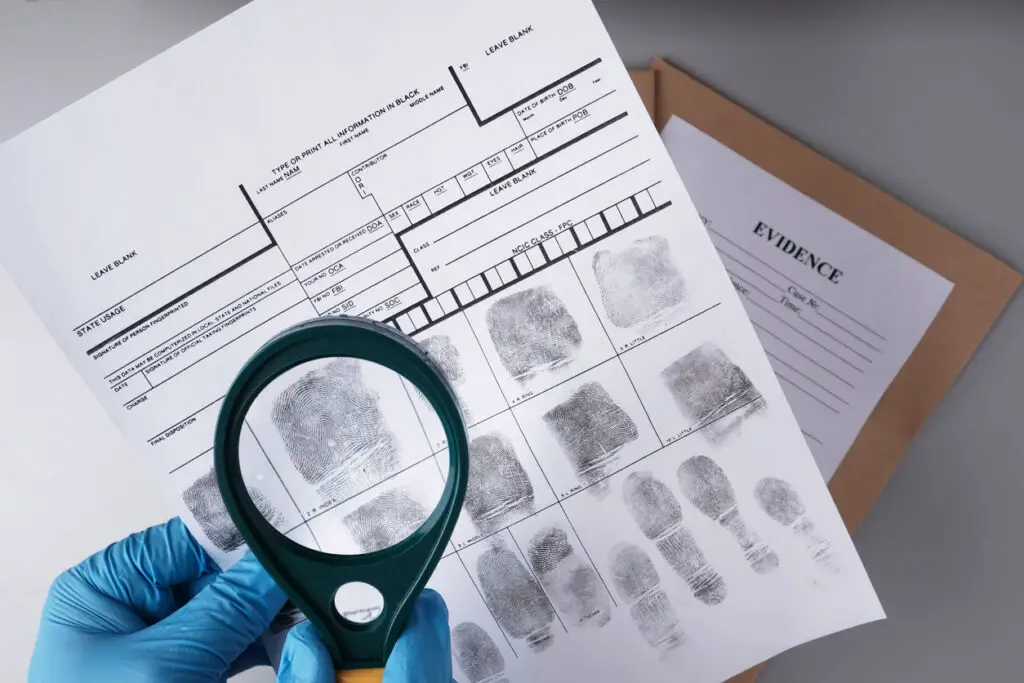
Released in the mid-2000s to tie in with the hit TV show CSI, this kit let kids dust for fingerprints just like the investigators on screen. Unfortunately, it was discovered that the fingerprint powder contained asbestos, a dangerous carcinogen. Even though the exposure levels were likely low, there’s no safe amount of asbestos for children—or anyone.
The kit was recalled, but the scandal damaged the brand’s reputation. It’s a prime example of how even modern toys can slip through safety checks if testing isn’t thorough. You can bet a TV tie-in toy today would be screened far more carefully.
9. Battlestar Galactica Missile-Firing Toys

In the late ’70s, toy versions of ships from Battlestar Galactica came with spring-loaded missiles that kids could actually shoot. The feature was fun—until a tragic incident where a child choked to death on one of the tiny projectiles. Mattel quickly redesigned the toys so the missiles were permanently attached.
This accident actually led to a broader industry-wide safety change. Many toys that once fired small parts switched to non-removable or oversized projectiles to prevent choking hazards. It’s a sobering reminder of why safety testing is so strict now.
10. Moon Shoes
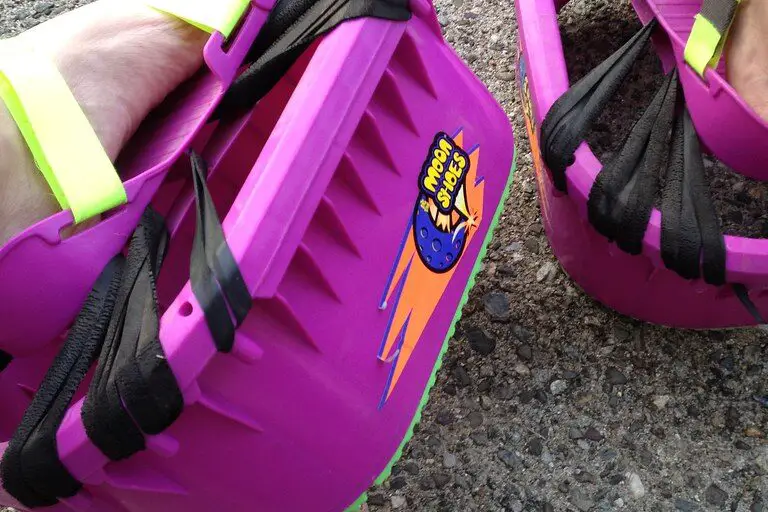
Marketed as “mini trampolines for your feet,” Moon Shoes promised the thrill of bouncing with every step. In reality, they were awkward, heavy, and prone to causing ankle injuries when kids inevitably tripped or landed wrong. The hard plastic frames could also pinch or scrape skin.
They weren’t recalled, but their reputation for sending kids to the doctor helped seal their fate. While modern versions exist, they’re much softer and safer. Still, the original Moon Shoes were a wild idea that would never pass today’s injury risk assessments.
11. Easy-Bake Ovens (Original Metal Version)
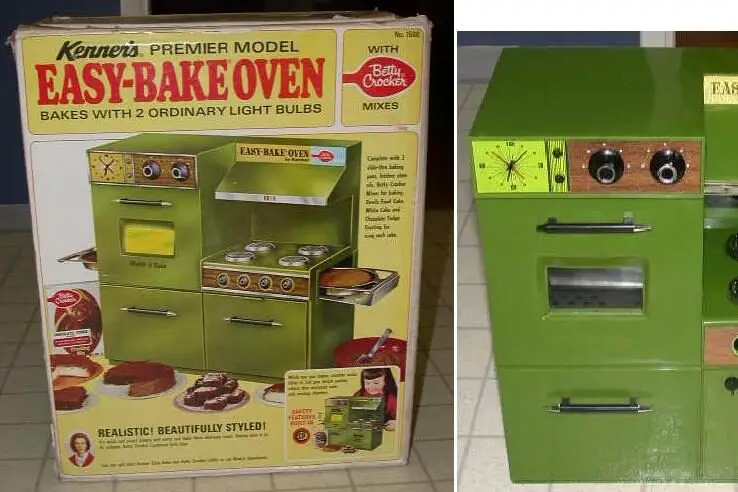
When the Easy-Bake Oven debuted in the ’60s, it used a real incandescent light bulb as the heat source, and later, a stronger heating element. The metal exterior and small opening meant kids could easily burn their fingers. The ovens were also prone to overheating if misused.
Over the years, the design changed dramatically to reduce the risk of burns. The original metal-bodied versions, though, would never pass modern toy safety regulations. These days, toy ovens are built with cool-touch materials and much lower heat levels.
12. Splash Off Water Rockets
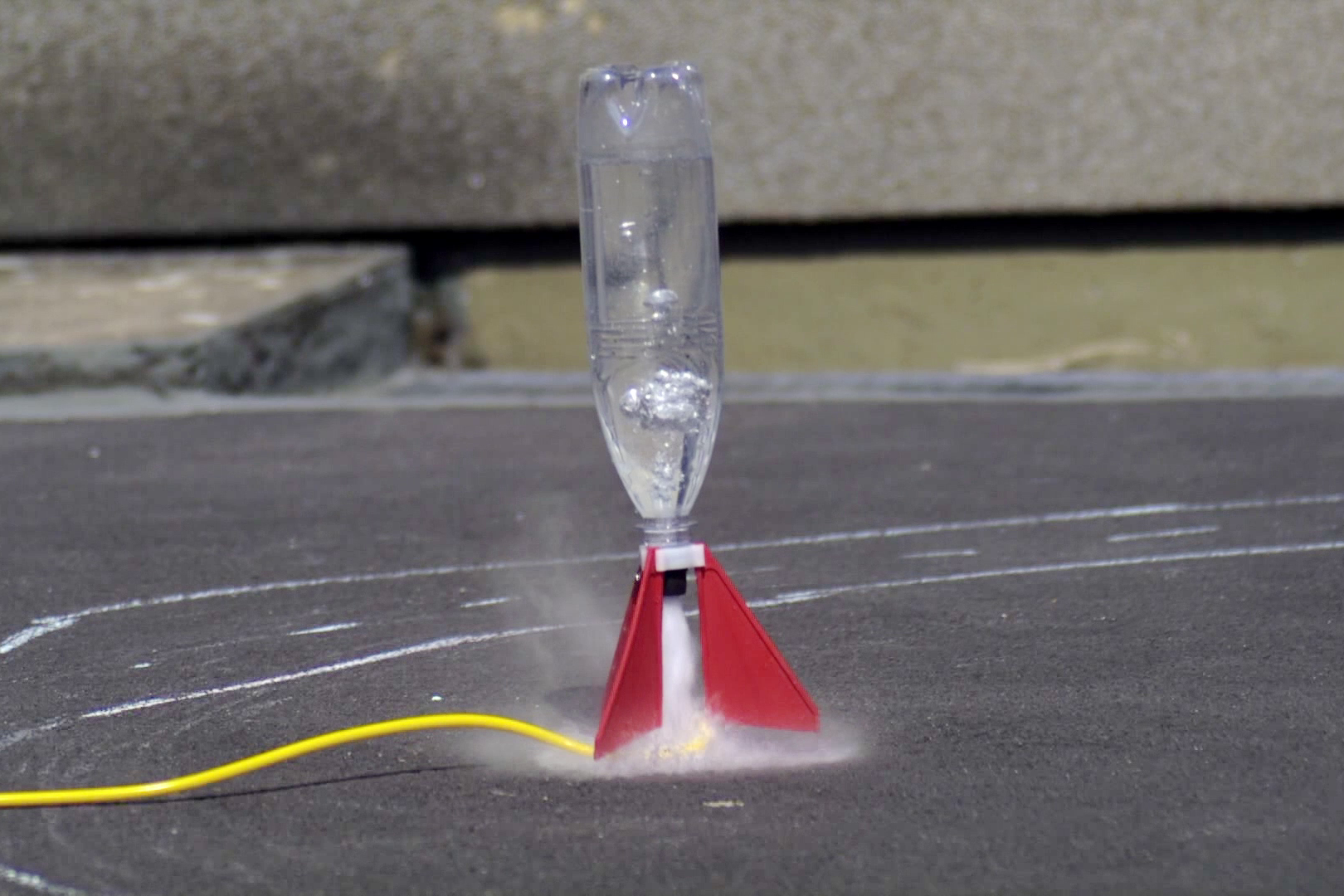
These backyard water rockets looked harmless enough—you’d fill them with water, pump them up, and watch them blast into the air. But the combination of water pressure and hard plastic could turn them into dangerous projectiles. Injuries ranged from black eyes to serious head wounds.
By the ’90s, most versions of these toys disappeared from shelves, replaced with softer, foam-based water toys. The old water rockets are now collector’s items, but they serve as a reminder that “fun” and “safe” don’t always go hand in hand.
13. Slip ’N Slide (Original Versions)
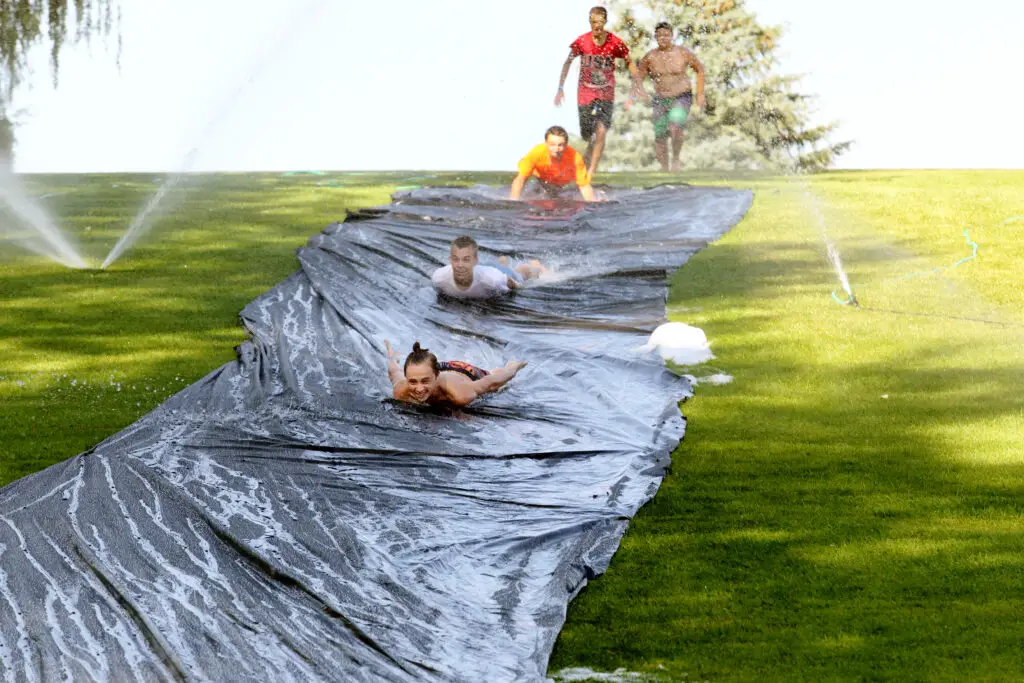
The Slip ’N Slide has been around since the early ’60s, but the original versions were designed for kids—and only kids. Adults or older teens using them risked serious spinal injuries because their greater height and weight could cause them to slam into the ground at unsafe speeds. Despite warning labels, accidents happened.
The toy was eventually redesigned with stricter safety instructions and softer materials. While Slip ’N Slides still exist, the original versions would never be approved today. It’s a summer classic, but one that came with hidden risks if you didn’t follow the rules.
